The biggest barrier to fleet electrification is the availability of charging, with two-in-five operators (41%) saying there are not enough public charge points, according to the Arval Mobility Observatory Barometer.
The research also reveals that 39% have no charging available at their employees’ homes and 25% have no chargers at their company offices.
John Peters, head of Arval Mobility Observatory in the UK, said: “In our findings, 70% of companies mention at least one challenge related to charging points, so this is clearly a widespread issue.
“To some extent, the answer can be in the hands of employers. If there are no charging points at offices or at the homes of employees who have off-road parking for a charger to be fitted, then companies could take action to resolve these problems.
“However, there is much that remains outside their control. While the public charging infrastructure is growing, it remains patchy in places, and where employees live in terraced housing or apartments, installation of on-street charging is very limited although that situation is starting to improve.”
Last month, the Department for Transport (DfT) scrapped the £950 million investment Rapid Charging Fund (RCF) that was meant to install more than 6,000 rapid and ultra-rapid charge points on England’s motorways by 2035.
Meanwhile, the latest figures from Zapmap show that electric vehicle (EV) charging infrastructure now encompasses 82,369 devices at 40,479 locations.
Other constraints mentioned in the research include the purchase price of electric cars being higher than internal combustion engine equivalents (30%), model ranges being too restricted (23%), limited driving range (18%) and employee resistance to electric cars (16%).
Peters said: “Again, these are barriers that we believe are starting to disappear quite quickly. The price of acquisition of electric cars is now becoming very close to the same as ICE equivalents, especially when leased.
“As for model ranges being too limited, there are some potential gaps in general availability – such as proper 4x4s and pick-ups – but again, there are models appearing that should help to resolve these issues.”
Peters says that it is also interesting that fewer than one in five fleets mention range as an issue.
“Just a few short years ago, we’re confident that this would’ve been a major concern, but it appears that the 250–350-mile range typically found on fleet electric cars today is sufficient for most needs,” he said.
Contrasting the UK findings with those from across Europe and globally, Peters added: “Looking at most of the constraints mentioned in the question, there is limited variance between here and the averages found across other countries.
“It appears that the issues being faced by fleets when it comes to electrification are quite similar everywhere.”
Take charge of the transition to an electric fleet with new Fleet News report.


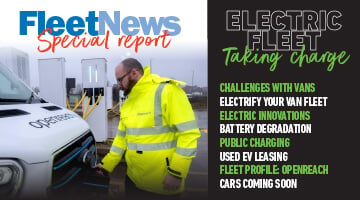



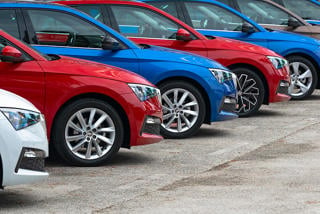
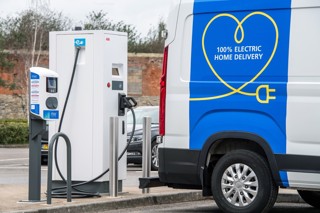
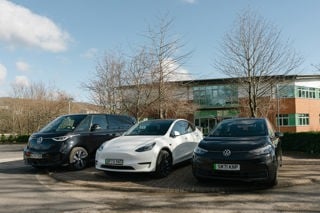
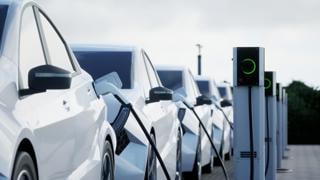
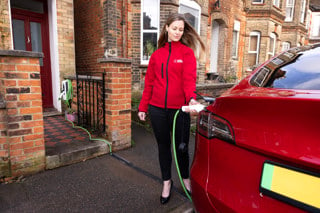

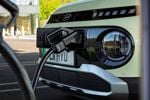




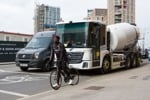




Login to comment
Comments
No comments have been made yet.